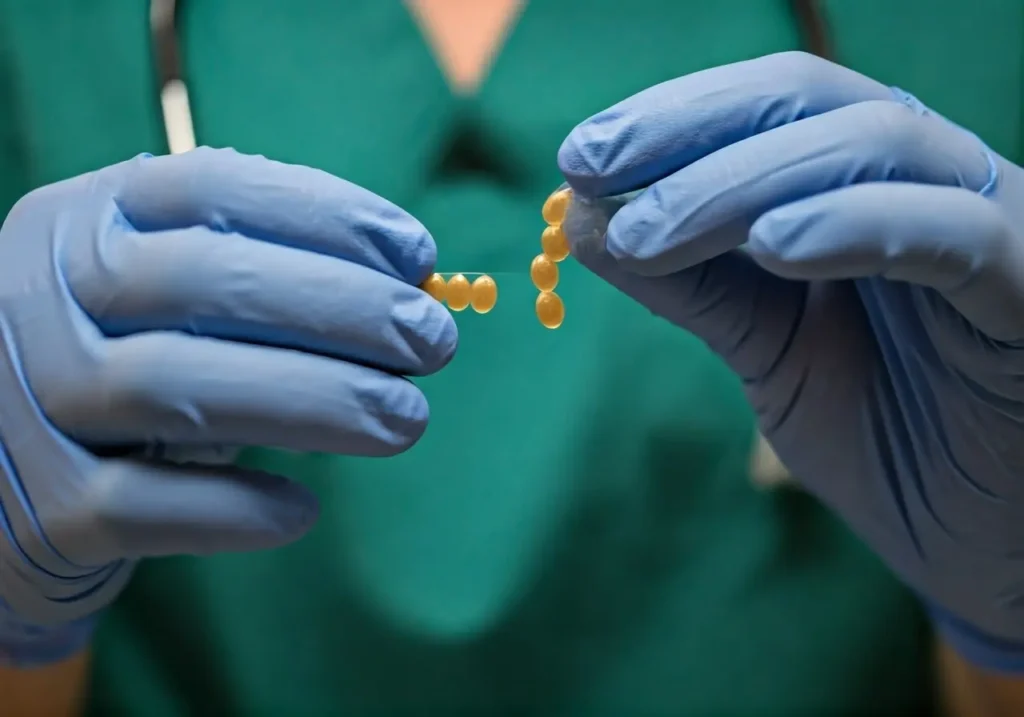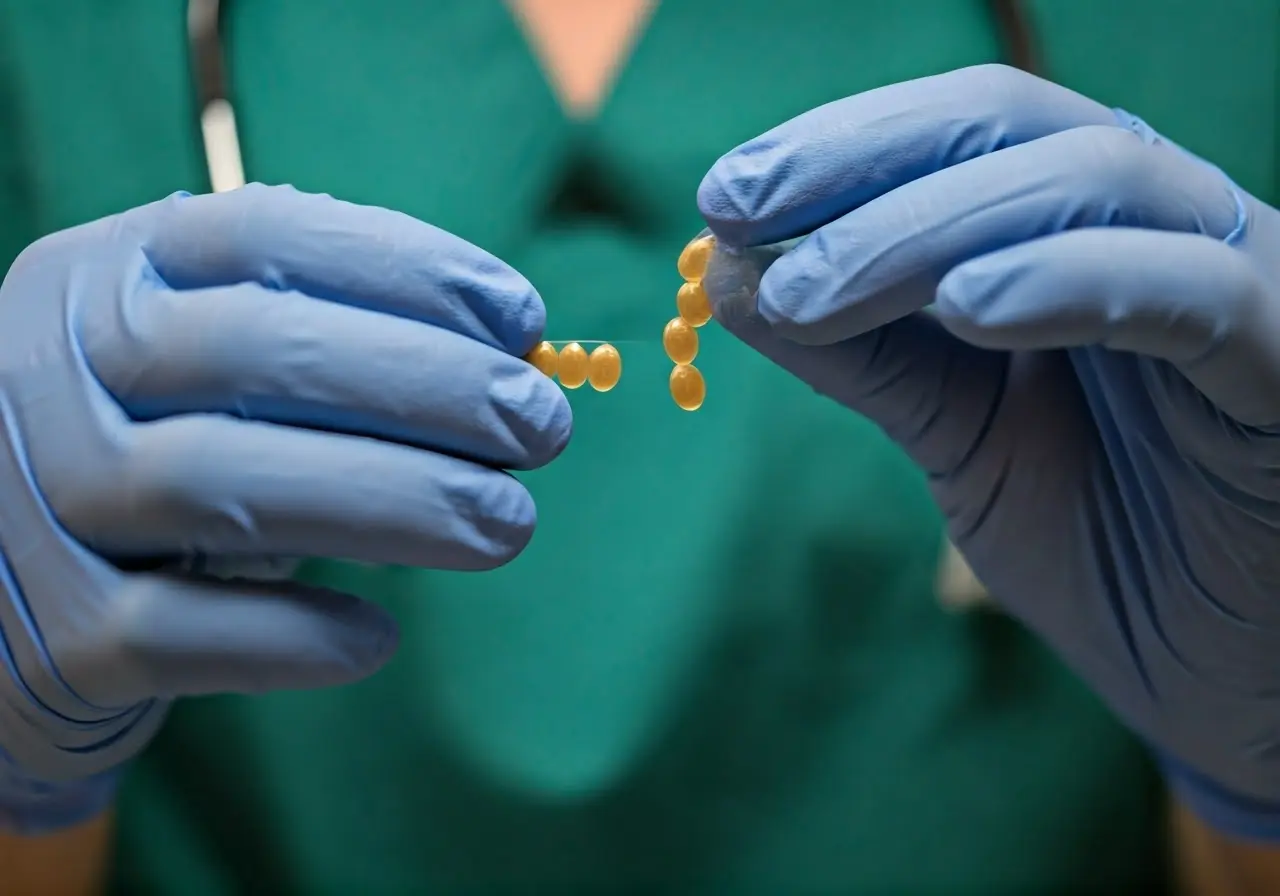Hormone imbalances can significantly impact our daily lives. With advancements in medical science, hormone pellet implants have become a promising solution for restoring balance and improving overall well-being. In this blog, we’ll delve into how these implants work and explore their connection to enhanced health.
Understanding Hormone Pellet Implants
Hormone pellet implants are small, cylindrical pellets inserted under the skin. These pellets release hormones steadily over time, mimicking the body’s natural hormone production patterns. This method is considered efficient and is less invasive compared to other hormone replacement therapies. The process often starts with a consultation to assess your hormonal needs, followed by a simple procedure where a tiny incision is made, and the pellet is inserted, typically in the hip area. After the pellet is in place, it gradually releases hormones directly into the bloodstream at a consistent rate. This delivery method can effectively mimic the body’s natural hormone secretion cycles more reliably than other forms, such as oral tablets or creams, which can lead to erratic hormone levels and more pronounced side effects.
Benefits of Hormone Pellet Implants
The benefits of hormone pellet implants are vast. They provide a consistent hormone delivery, which can help alleviate symptoms such as fatigue, mood swings, and weight gain. Additionally, they can improve bone density, libido, and cognitive function, contributing to an individual’s overall well-being. This therapy is particularly beneficial for individuals suffering from significant hormonal imbalances, such as those experiencing menopausal symptoms or low testosterone levels. By maintaining stable levels of hormones in the bloodstream, pellet implants reduce the risk of severe symptoms and enhance physical and mental health. For instance, the steady hormone delivery can help elevate mood stability and reduce the risk of sudden emotional spurs, thereby offering a soothing effect on one’s mental state. Hormone pellet therapy has been noted for its comprehensive relief in dealing with the wide array of issues stemming from hormonal deficiencies.
Moreover, the simplicity and convenience of pellet implants are among their greatest advantages. Unlike daily pills or frequent injections, hormone pellets require maintenance only a few times per year. This ease of use and longevity mean patients can enjoy extended periods free from the need to constantly monitor or adjust their hormone therapy. This is especially helpful for those with busy schedules or those who travel frequently, as it minimizes disruptions to daily life. After just one procedure, individuals can experience months of hormonal stability and relief from previous symptoms, significantly enhancing their lifestyle quality. Furthermore, because hormone pellets are made from natural sources, such as soy or yams, they offer a solution that aligns closely with the body’s own hormone structure, boasting a natural compatibility and efficient absorption.
The Procedure: What to Expect
The insertion of hormone pellet implants is a quick and minimally invasive procedure. It involves a small incision in the hip area, where the pellet is placed under the skin. Recovery is swift, with most patients resuming normal activities shortly after the procedure. The entire process is typically completed in under an hour. Initially, local anesthesia is applied to numb the area and ensure a painless experience during insertion. Patients often report experiencing mild bruising or discomfort afterward, but these side effects are usually temporary and manageable with routine over-the-counter pain medications. Following the procedure, it’s advised to refrain from heavy lifting or vigorous activities for a few days to allow the insertion site to heal properly.
Many patients are pleased to find how seamlessly the procedure fits into their routine, often scheduling it during a lunch break or an afternoon off. Due to its simplicity and quick recovery time, hormone pellet therapy is gaining popularity as an efficient solution for maintaining hormonal balance. We at Bellatudo Skin and Wellness Center offer personalized consultations to ensure each implant procedure aligns perfectly with a patient’s unique hormonal needs and lifestyle.
Potential Side Effects and Considerations
While hormone pellet implants are generally well-tolerated, some individuals may experience side effects such as bruising or discomfort at the insertion site. It’s crucial to discuss any concerns with your healthcare provider to ensure the treatment is suitable for you. Other potential side effects might include skin irritation or fluctuations in hormone levels immediately post-insertion. Although these instances are sporadic, they serve as important reminders of the necessity for thorough medical consultations prior to proceeding with hormone pellet therapy. Patients should also be aware of rare but possible risks, including infection or density changes in breast tissue. Selecting a qualified and experienced provider for the procedure is paramount to minimize risks and maximize benefits.
Additionally, those with certain pre-existing conditions should exercise caution. For example, individuals with a history of hormone-sensitive cancers or liver disease might not be suitable candidates for this therapy. Maintaining regular follow-ups and monitoring hormone levels and symptoms can also aid in catching any potential negative responses early, allowing for timely adjustments. For anyone considering this approach, a diligent conversation about the potential risks and benefits with a healthcare professional is an essential first step. By ensuring a comprehensive understanding of the therapy and its impacts, patients can more confidently proceed with hormone pellet implants and better appreciate the pathways to improved well-being.
Comparing Hormone Pellet Implants with Other Hormone Therapies
Hormone pellet implants stand out due to their steady hormone delivery. Unlike oral or topical treatments that may cause fluctuations, pellets offer a consistent and balanced hormone level. This makes them particularly appealing for those seeking long-term solutions. For example, hormone creams and pills often require daily attention and can result in erratic peaks and valleys in hormone levels, occasionally exacerbating symptoms instead of alleviating them. On the other hand, injections deliver hormones directly but still fluctuate depending on dosing intervals, potentially causing a roller-coaster effect of side effects and symptom relief. In contrast, hormone pellets, which mimic natural hormonal rhythms, can offer a more stable therapeutic option for individuals uncomfortable with the highs and lows associated with other methods.
This stability can be especially advantageous for those managing chronic symptoms of hormonal decline. Moreover, the unique characteristics of hormone pellet therapy allow it to have fewer interactions with other medications. As pellets bypass the gastrointestinal system, they minimize risks associated with liver metabolism that sometimes complicate oral therapies. This feature compounds its attractiveness, alongside its convenience and effectiveness, setting it apart as a distinguished choice in the sphere of hormone therapies. Consider visiting Bellatudo’s Hormone Pellet Implantation page to learn more about the specific insights and services we provide to those looking to explore this innovative health solution.
Embracing Hormonal Harmony for a Better Life
In conclusion, hormone pellet implants offer a promising avenue for those seeking hormonal balance and improved well-being. By providing consistent and tailored hormone delivery, they help alleviate many symptoms associated with hormonal imbalances. If you’re curious about how hormone pellet implants could work for you, we invite you to book a complimentary consultation with Dr. Laura Cho online at Bellatudo Skin and Wellness Center. Plus, don’t forget to take a look at the before and after results of our happy patients on our Instagram page. As always, it is essential to consult with healthcare professionals to determine the best course of treatment for your individual needs.





